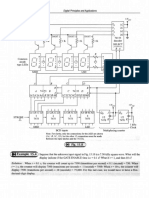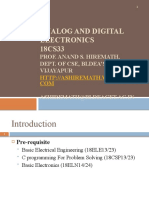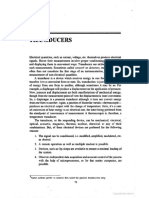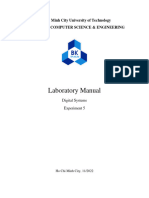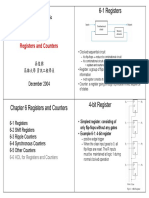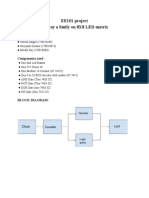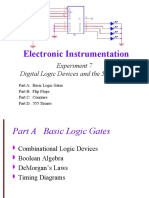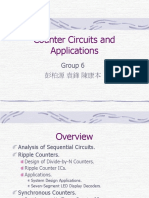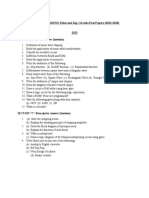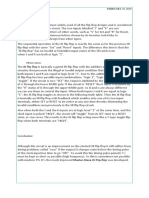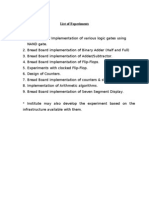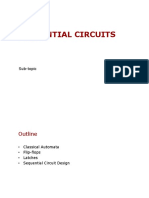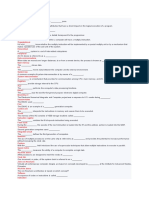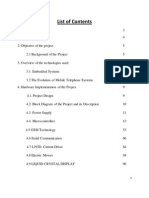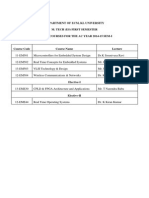0% found this document useful (0 votes)
33 views11 pagesUnit 5 Short Notes
Unit 5 covers applications of digital electronics, including multiplexing displays, frequency counters, time measurements, and the ADC0804 A/D converter. It discusses the principles of multiplexing to reduce power consumption in displays, the operation of frequency counters for measuring signal frequency, and the functionality of time-to-digital converters for precise time interval measurements. Additionally, it details the ADC0804's specifications, features, and applications in converting analog signals to digital format.
Uploaded by
dummydude002Copyright
© © All Rights Reserved
We take content rights seriously. If you suspect this is your content, claim it here.
Available Formats
Download as PDF, TXT or read online on Scribd
0% found this document useful (0 votes)
33 views11 pagesUnit 5 Short Notes
Unit 5 covers applications of digital electronics, including multiplexing displays, frequency counters, time measurements, and the ADC0804 A/D converter. It discusses the principles of multiplexing to reduce power consumption in displays, the operation of frequency counters for measuring signal frequency, and the functionality of time-to-digital converters for precise time interval measurements. Additionally, it details the ADC0804's specifications, features, and applications in converting analog signals to digital format.
Uploaded by
dummydude002Copyright
© © All Rights Reserved
We take content rights seriously. If you suspect this is your content, claim it here.
Available Formats
Download as PDF, TXT or read online on Scribd
/ 11
